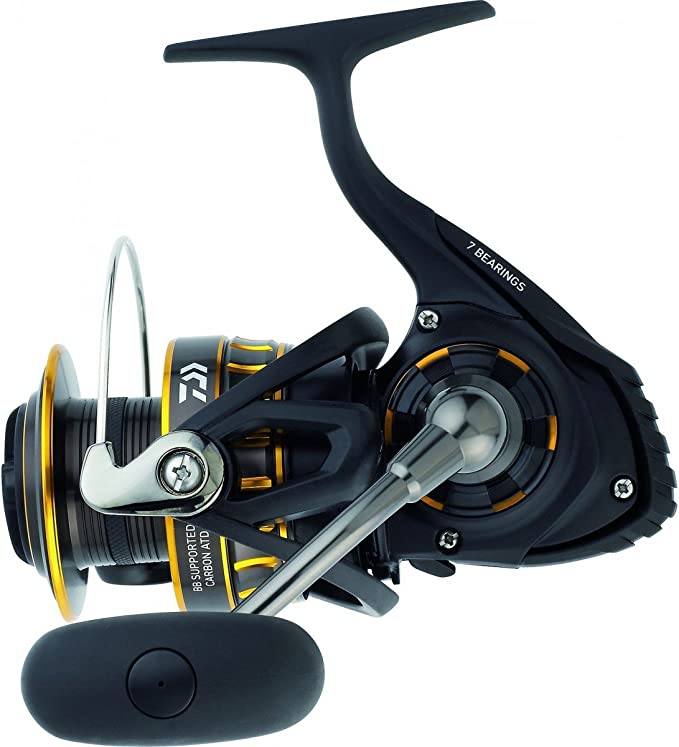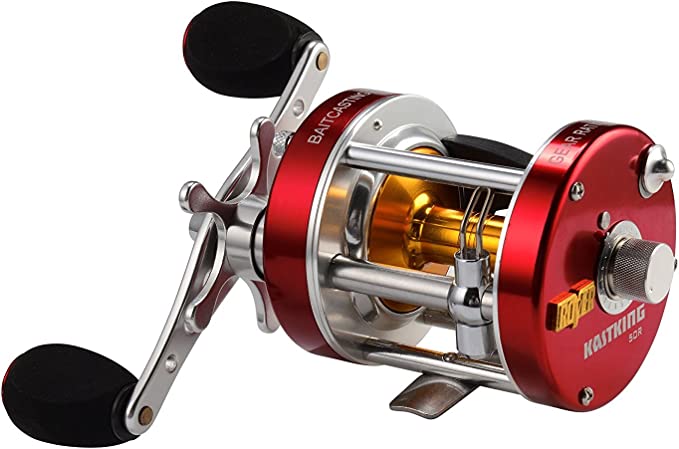Camp Chef Pro 30 Single Stove: Your Portable Kitchen for Culinary Adventures
Update on Sept. 6, 2025, 4:24 p.m.
How a simple camping stove masters the chaos of thermodynamics and fluid dynamics to cook your dinner.
There’s a primal satisfaction in cooking a meal under an open sky. The sizzle of bacon in a pan seems to echo the rustle of leaves, and the aroma of brewing coffee feels like the very essence of a new morning. But this romantic ideal often collides with a harsh reality: the universe is actively trying to ruin your dinner.
Wind gusts steal your heat, cold air saps the energy from your cookware, and an unstable flame turns a simple task into a frustrating battle against the elements. We often blame our equipment, but the real struggle is with the fundamental laws of physics. To win, we don’t need magic; we need good engineering.
This isn’t a story about a single product. It’s an exploration of the hidden science that allows us to tame fire with remarkable precision, even in the middle of nowhere. To dissect these principles, we’ll use a common piece of outdoor gear as our laboratory specimen: the Camp Chef Pro 30, a single-burner propane stove known for its power. Let’s peel back its steel shell and discover the physics within.

The Brute Force of BTUs
The first challenge in outdoor cooking is the relentless theft of heat. Your stove isn’t just heating your pan; it’s fighting a losing battle against the surrounding environment—the air, the wind, the ground—all of which act as a giant heat sink, constantly pulling energy away. This is the Second Law of Thermodynamics in action, an unforgiving tendency toward cold, chaotic equilibrium.
To combat this, you need overwhelming thermal force. This is where the term “BTU” comes in. A British Thermal Unit is the amount of energy required to raise the temperature of one pound of water by one degree Fahrenheit. A typical indoor kitchen burner might produce around 10,000 BTUs. The burner on our example stove, however, unleashes 30,000 BTUs.
This isn’t just about boiling water three times faster. This massive energy output creates a localized bubble of extreme heat, a micro-environment so powerful that it can overcome the constant energy drain to the outside world. It’s the difference between a pan that struggles to get hot enough to sear a steak and one that creates a perfect Maillard reaction crust in seconds. The high BTU rating isn’t just a feature; it’s the first and most crucial weapon in the war against thermodynamic decay.
The Elegant Dance of Gas and Air
But raw power is a blunt instrument. A 30,000 BTU fireball is useless if you can’t control it. The real genius of a modern stove lies in how it perfectly mixes fuel and air before combustion, a process governed by a beautiful piece of 18th-century physics known as Bernoulli’s Principle.
Inside the burner tube, you won’t find any complex fans or pumps. Instead, there’s just a tiny brass jet. High-pressure propane from the tank is forced through this pinhole, causing its velocity to increase dramatically. As Daniel Bernoulli discovered, when the speed of a fluid increases, its internal pressure decreases.
This creates a low-pressure zone inside the tube that acts as a vacuum, actively sucking in oxygen from the air outside through precisely placed intake holes. It’s the same principle that generates lift on an airplane wing or helps a perfume atomizer work. This elegant, passive system, called a Venturi injector, uses the energy of the fuel itself to draw in the exact amount of air needed for a clean, stable flame. It’s a silent, invisible dance of pressure and velocity happening hundreds of times a second.

Decoding the Soul of the Flame
Once the fuel and air are mixed, they ignite. And the flame itself tells a story. Look closely, and you’ll see the difference between good and bad combustion. A lazy, bright yellow flame might look impressive, but it’s a sign of inefficiency and trouble. A sharp, roaring blue flame is what you’re after.
The color difference is pure chemistry.
A yellow flame is caused by incomplete combustion. There isn’t enough oxygen to react with all the carbon atoms in the propane (C₃H₈), so tiny, unburnt particles of carbon—soot—are created. These particles become incandescent, glowing yellow-hot like the filament in an old lightbulb. This is wasted energy, and it will leave a greasy black film on the bottom of your pots.
A blue flame, however, is the sign of a near-perfect reaction. With the right air-to-fuel ratio, the propane molecules are completely torn apart and oxidized into just carbon dioxide and water vapor. The blue color itself doesn’t come from heat alone; it’s the specific light emitted by excited molecular fragments, or radicals, like CH and C₂, that exist fleetingly within the flame’s reaction zone.
This is where the user becomes part of the system. On the burner tube, there’s often a small, adjustable metal collar covering the air intakes. This is the air shutter, and it’s the most critical component you can control. By rotating it, you are directly tuning the stoichiometry of the combustion reaction. In windy conditions, a user who doesn’t adjust it might find their flame keeps blowing out because the wind is disrupting the air-fuel mixture. But a savvy operator can slightly close the shutter, creating a richer (less air) mixture that is more stable and less prone to being extinguished. This single adjustment is the difference between a frustrating failure and a successful meal, and it’s a direct interface with the chemistry of fire.

The Art of Engineering Compromise
Looking at our specimen stove, one might notice that the detachable legs, while functional, can feel a bit wobbly compared to a solid, welded frame. Is this a flaw? No. It’s a deliberate choice—a beautiful example of an engineering trade-off.
In the world of design, you can rarely optimize for everything. Engineers are constantly balancing a “triangle” of competing constraints, most commonly performance, portability, and cost.
- Ultimate Stability: A heavy, welded steel frame would be rock-solid but would be a nightmare to transport for a camping trip.
- Ultimate Portability: A feather-light, minimalist stand might be easy to carry but could collapse under the weight of a heavy cast-iron pot.

The design of the Pro 30’s detachable legs sits squarely in the middle. It sacrifices a small amount of absolute stability to gain an enormous advantage in portability and storage. Understanding this trade-off changes your perspective. The slight wobble isn’t a defect; it’s the physical manifestation of a conscious decision to prioritize versatility for the user who needs to pack up and move. This is the essence of good design—not the pursuit of an impossible perfection, but the art of the intelligent compromise.
Ultimately, a tool like this is more than just a collection of metal parts. It’s a portable laboratory, a device that leverages the laws of thermodynamics, the principles of fluid dynamics, and the chemistry of combustion to serve a simple, human need. The best tools don’t just make our lives easier; they offer a tangible connection to the invisible forces that shape our world. By understanding the science in our hands, we move from merely using a piece of gear to truly mastering it, turning the chaotic challenge of an outdoor kitchen into a predictable, repeatable, and joyful act of creation.







































